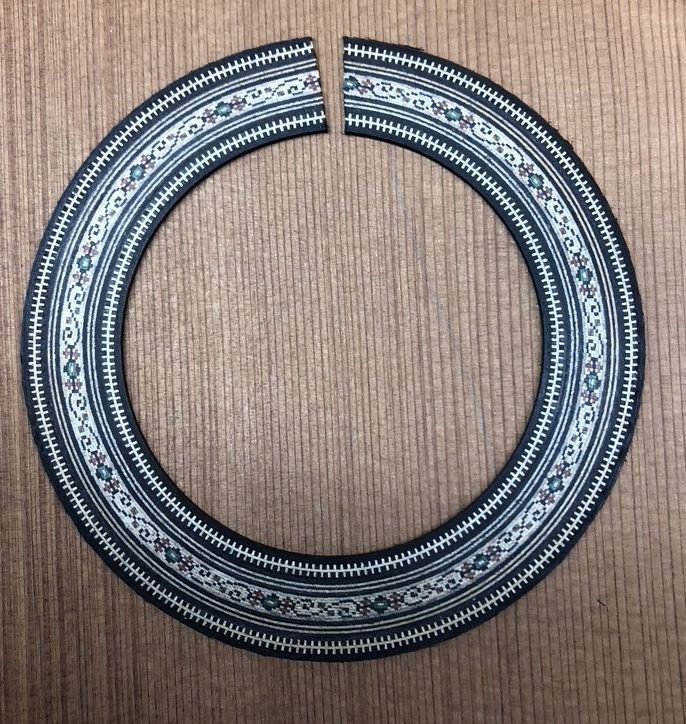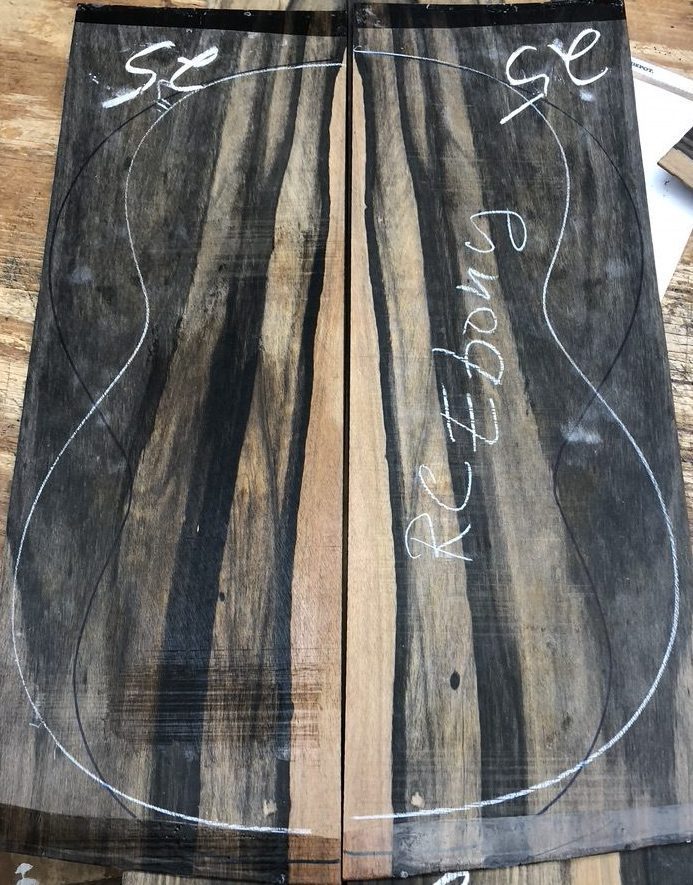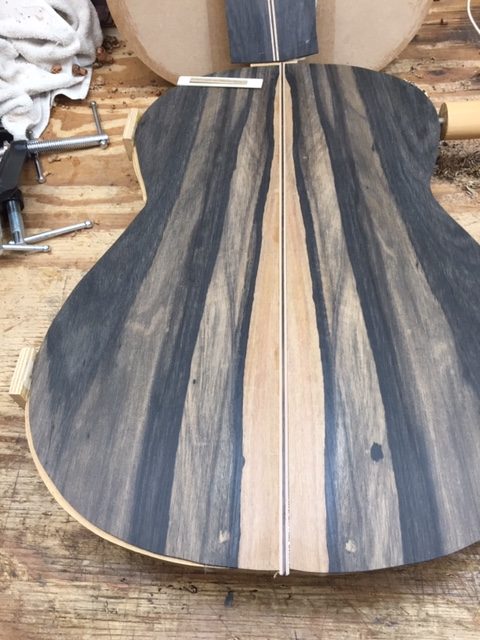January-February 2020
- Guitar Tip of the month
- “Fernandos!” Mirabilis Student Solo/Duo Recital
- Easter Holiday
- Mirabilis Nuñez Guitar!
- Mirabilis Studio Calendar
Happy 2021! We’ve gotten off to a good start. I’ve got some news and photos of my new Nuñez guitar which master builder Lucio has begun. And we have a concert coming up featuring our very our Savannah Potucek and Mary Cornet. See the details below!
|
“Fernandos!” Mirabilis Student Solo/Duo Recital
Savannah Potucek and Mary Cornett, both veteran Mirabilis guitar students from hailing from the Fredericksburg area, will perform a solo and duo recital this spring. Savannah is currently studying music and biological science at Schreiner University. Mary is a senior at Fredericksburg high school and has plans to study biology as well. They will be performing solo selections by Fernando Sor, Heitor Villa-Lobos, Fernando Carulli, and more as well as a newly discovered duo piece by Spanish classical-era composer Fernando Ferandiere. The date and location have not yet been settled, so stayed tuned for the rest of the details.
Easter Holiday
Our Easter holiday will be from:
Monday, March 29 — Friday, April. 2
Lessons resume on Monday, April 5.
Mirabilis Nuñez Guitar
Master Luthier Lucio Nuñez has begun building my Mirabilis Guitar! Since you all were a part of making this happen, I wanted to share with you the process of its creation. It will take a few months to complete so I’ll try and share updates with you as I receive them. Along the way, I thought it would be a good time to talk a little bit about guitar construction and the particular features of this Mirabilis Nuñez Guitar.
STYLE: The Mirabilis will be a standard 650mm concert classical guitar. This number (650mm) is the measurement of the length of the string from the top nut to the saddle (i.e. the functional part of the string). Recently many players with smaller hands have opted for a 640mm scale length for their custom classical instruments. But my 1980 Ramirez concert guitar is a 664mm, which was designed to give a bigger sound to our relatively quiet instrument. So I’m used to stretching my hand. But today, with the advent of new guitar designs and sound reinforcement, these larger instruments are no longer really necessary. So the standard 650 seemed the right choice.
TOP WOOD: The top of the guitar is the part which has the sound hole and the bridge attached and which vibrates as the soundboard. This is the most important part of any stringed instrument. Top woods must be light and vibrate easily, but be strong enough to withstand years of flexing.
For centuries spruce has been the standard wood for soundboards for most stringed instruments (like the violin for example). And prior to the 20th century most guitars were also built with spruce tops; and it is still the standard top wood for steel-stringed guitars because it accentuates the high tones of the steel strings. But in the mid-1900s classical builders like Ramirez discovered that cedar brought a warmth and depth to the sound of the guitar. Ever since this has been the more popular option for classical guitars. I love the rich sound of cedar and so this guitar will have a cedar top.
ROSETTE: The rosette is the decorative inlay that surrounds the sound hole. I searched through many options to find something unique, but in the end decided to go with Mr. Nuñez’s custom signature rosette. It’s classic and beautiful. Here’s what it looks like against the cedar wood:

BACK and SIDES: The back and sides are typically chosen together in guitar designs. They form the rest of the “box” of the guitar, but instead of vibrating their job is to reflect the sound waves outward. So typically you want a hardwood for your back and sides. Master Nuñez uses a two-ply design to increase the strength of the back and sides. The most popular wood for back and sides has traditionally been rosewood. But the most desirable Brazilian rosewood is becoming scarce and there are many other options that will work. Lucio had some beautiful woods to choose from, but these striated ebony pieces were so strikingly beautiful I knew these were the ones instantly (okay, I had to ponder for a week before deciding for sure!).
The grain color will be darker and richer once the lacquer finish is applied. And of course the sides, which look like abstract water colors, must be bent into shape!
Here’s what they look like before cutting:
BACK

SIDES

Here is the back after the first stage of cutting:

More photos coming soon!
CALENDAR
JANUARY
Jan. 4 – 8 Regular Lessons
Jan. 11 – 15 Regular Lessons
Jan. 18 – 22 Regular Lessons
Jan. 25 – 29 Regular Lessons
FEBRUARY
Feb. 1 – 5 Regular Lessons
Feb. 8 – 12 Regular Lessons
Feb. 15 – 19 Regular Lessons
Feb. 22 – 26 Regular Lessons
MARCH
Mar. 1 – 5 Regular Lessons
Mar. 8 – 12 Regular Lessons
Mar. 15 – 19 Regular Lessons
Mar. 22 – 26 Regular Lessons
Mar. 29 Regular Lessons
Tuesday, Mar. 30 – Friday, Apr. 2 EASTER HOLIDAY
APRIL
Monday Apr. 5 – EASTER HOLIDAY
Apr. 6 – 9 Regular Lessons
Apr. 12 – 16 Regular Lessons
Apr. 19 – 23 Regular Lessons
Apr. 26 – 30 Regular Lessons
MAY
May 3 – 7 Regular Lessons
May 10 – 14 Recital Prep WEEK
May 16 STUDIO RECITAL
May 17 – 21 Regular Lessons